San Diego State Football Offensive Preview
Can Deion Sanders's former OC at Colorado lead a true freshman QB over the Golden Bears?
San Diego State is led by new head coach Sean Lewis, who was Deion Sanders’s offensive coordinator last year before being unceremoniously (and erroneously) scapegoated with Colorado’s struggles, despite the Colorado offense being the strength of the team. The Colorado offense averaged 32.125 points per game with him—eclipsing 40 points in 4 of his 8 games—and dropped to 20.25 points per game after Sanders handed play-calling duties over to Pat Shurmur and went winless during that span. Lewis himself was already a coveted head coaching candidate for P5 schools prior to joining Sanders’s staff: as the head coach of Kent State (the youngest head coach in D1 at the time he was hired, at 31), he turned around their fortunes and led them to a 24-31 record (22-21 if you exclude his first season of the transition) on the strength of a top-5 FBS offense and their first ever bowl win. That record may not sounds particularly impressive until you take into account the fact that Kent State was 14-45 over that same 5 year span prior to Lewis joining.
Lewis runs the “___FAST” offense (the FlashFAST offense at Kent State is now the AztecFAST offense at San Diego State), which is an extremely uptempo run-pass offense with some power running schemes attached. It’s an evolution of the offense Art Briles ran at Baylor, and very similar to the one Josh Heupel is now successfully running at Tennessee. The offense will use Air Raid concepts, space receivers far apart (to increase one-one-one matchups between WR and DB and to make it easier to make plays in space), but every play will also have an option attached (i.e. RPO). Lewis’s innovation—as a former QB at Wisconsin—was to add Big Ten-style power run concepts to the offense.
By running an extremely fast offense, the idea is to force the defense into making a mistake in alignment that can be exploited for a big play on offense. And if you can get the ball out quickly, it can negate talent disparities against the front seven of the defense.
The trouble so far at SDSU is two-fold: (1) they have struggled to string together consistent drives, so rushing to the line just to go 3-and-out doesn’t make much of an impact, and (2) SDSU is bottom 3 in the FBS in penalties, which are also huge drive-killers. SDSU is averaging 114.5 penalty yards per game, which is an eye-popping number considering they had 179 yards of total offense against FBS competition last week. Against Oregon State, SDSU had just one successful drive the entire game, and it was capped by a goal-line fumble by the quarterback on an option run. The same offense was successful at Colorado because QB Shedeur Sanders and WR Travis Hunter are NFL 1st round talents that could always find a way to make plays to keep drives alive. The current SDSU iteration has sputtered and stalled at times. The SDSU offense needs to stay in rhythm, but this is a new system on a new team, so they are surely having some growing pains.
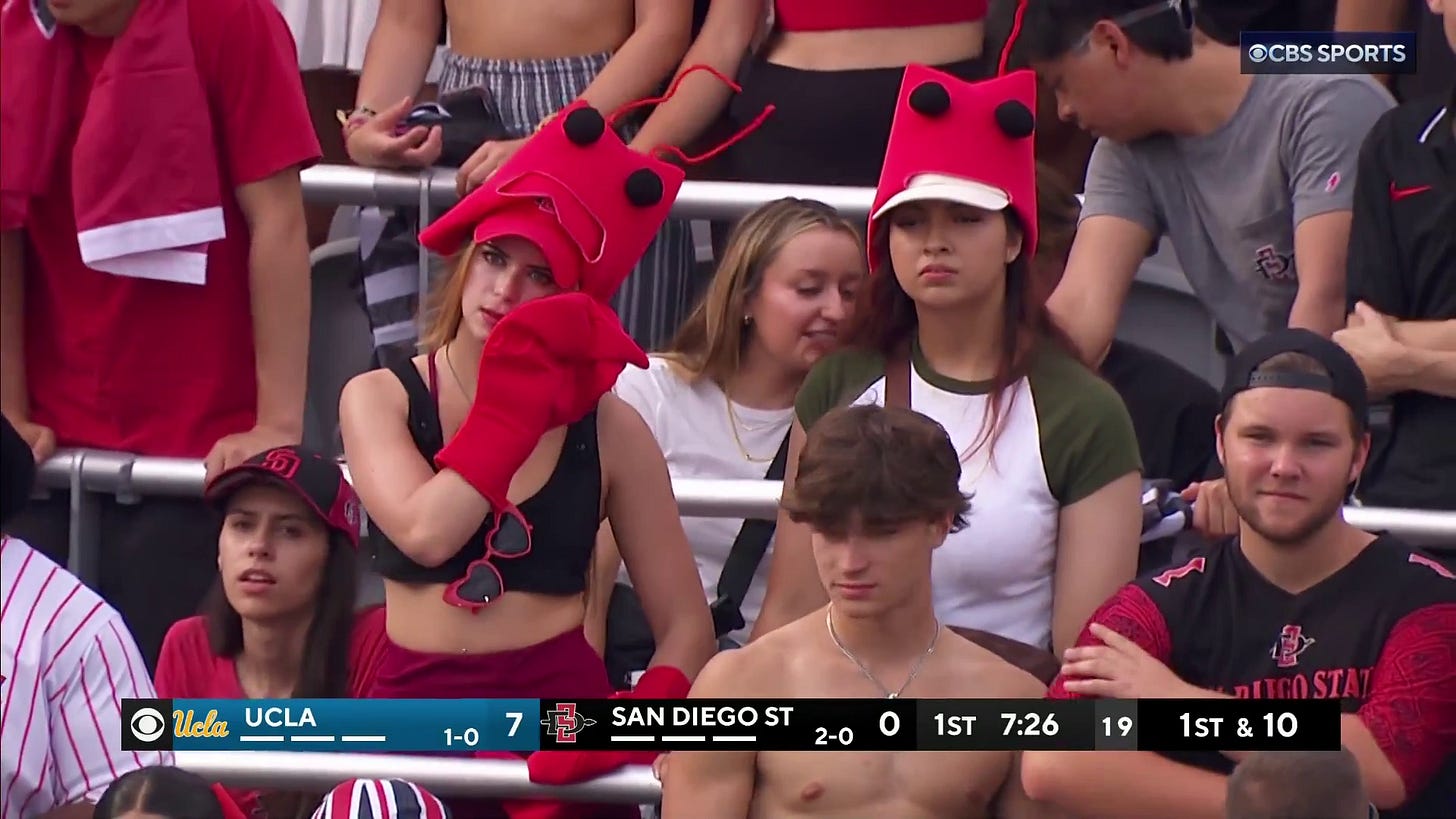
SDSU has a history of stellar running backs (Marshall Faulk, Rashaad Penny, Donnel Pumphrey, etc), and they will likely again lean heavily on their run game to alleviate the pressure off their true freshman quarterback. You may remember the last time these two teams faced off, SDSU’s Donnel Pumphrey ran for an absurd 281 yards, eclipsing Davis Webb’s 522 passing yards and Chad Hansen’s 190 receiving yards in an upset victory for SDSU. With Lewis’s power run plays added to the offense, the idea is that they can either hit explosive plays, or grind a defense down with the run (grinding down a defense to close out games is something Air Raid offenses often struggle with).
This offense needs wide receivers able to make plays in one-on-one matchups, and an offensive line capable of grinding down a defense. I will mention that SDSU has lost their starting left tackle to injury, so they are already a bit compromised at that position. For the rest of the offense, let’s take a look at the positional breakdowns.
Quarterback
The entire quarterback room for San Diego State is very young: the starter is true freshman Danny O’Neil, and he’s backed up by sophomore FSU transfer AJ Duffy (7 career pass attempts) and freshman Javance Tupou’ata-Johnson (0 career pass attempts, 1 carry). This is the first time I have ever had to watch high school recruiting highlights to get a vague idea of who these players are. It’s pretty clear that they all fit into a similar mold of mobile quarterbacks who can effectively run an RPO offense, but they have their differences as well.
SDSU is being led by true freshman quarterback, Danny O’Neil; the first true freshman to ever start a season-opener for SDSU. From both his recruiting tape and the first two games of the season, it’s clear that O’Neil favors taking deep shots down the field:
O’Neil has shown a strong arm, but he hasn’t been all too successful with the deep ball in the first two games:
I don’t think he’s inaccurate; I think he’s currently struggling with timing and chemistry with his wide receivers, in addition to the fact that he’s mostly launching it really deep. Per PFF, his average depth of target on the deep ball (20+ yards) is an absurd 37.7 yards, which he attempted on 17.5% of his throws. For comparison, the 2015 version of Jared Goff launched it deep 18.8% of the time at an average depth of 29.2 yards per attempt. That is to say: it’s not a high percentage throw to begin with, and O’Neil is no Jared Goff.
However, even if it is a low percentage throw, if you take enough shots, you will eventually succeed (and the bulk of SDSU’s explosive plays come through the air):
O’Neil has shown some pocket mobility, and the ability to make a nice throw on the run:
O’Neil is also capable running the ball himself:
As mentioned earlier, it’s important that Sean Lewis’s quarterbacks can run an effective RPO. Here O’Neil fools the entire defense to break off a nice gain:
Backing up O'Neil is the FSU transfer quarterback AJ Duffy, who played a grand total of 30 garbage time snaps at FSU (who, along with another backup, decided to transfer away as FSU looked to the transfer portal for a QB instead). An outstanding 50% of Duffy’s completions are touchdowns (but don’t think too hard about how he has 2 career completions):
Worth noting, however, was that Duffy’s high school tape was filled with a lot more short range completions than O’Neil, who preferred the long bomb. I don’t know what kind of offensive scheme he ran exactly, but obviously some version of a spread offense (although he ran a run-heavy RPO scheme at IMG Academy, where he played his senior season).
The only other quarterback besides O’Neil to see snaps at QB this year has been Javance Tupou'ata-Johnson, who came in to burn clock late against their FCS opponent:
SDSU is definitely going to have some growing pains at quarterback this year.
Running back
The focal point of this offense is the 5’8” 200 lbs, Kent St/Ball St transfer, Marquez Cooper. Cooper was previously a running back under head coach Sean Lewis back when both were at Kent State, and it’s where Cooper was an All-Conference (MAC) running back. He runs with a powerful base and low center of gravity, which allows him to run through tackles and churn forward for extra yards on contact:
The following isn’t even a highlight, more of a typical Cooper run:
Cooper excels in short yardage and goal line situations:
For someone as stocky as he is, he had surprising air in his jumps:
SDSU has primarily relied on zone blocking schemes so far this season. When the offensive line can outmatch the defense, Cooper is liable to get to the second level for a big run, although he lacks breakaway speed:
Cooper has also showcased some elusiveness. Although he primarily runs through arm tackles, he’s also shown the ability to quickly shift directions to evade the tackle:
SDSU doesn’t involve their running backs as heavily in the passing game as other teams, but Cooper has also shown that he can do some damage even as a safety valve:
SDSU has leaned so heavily on Cooper in their first two games that it’s not immediately clear who will relieve him. Former USC speedster Kenan Christon was the presumed backup, but he is out until midseason after having ankle surgery. Last year’s top running back was Jaylon Armstead, who is also a power-RB. Like Cooper, Armstead also does a good job fighting through contact to pick up extra yardage:
And again he squeezes out some extra yards:
Here Armstead does a nice job of recognizing that the called run play was stuffed, and he bounces the run outside for a nice gain:
Also like Cooper, he lacks breakaway speed, but he still has enough to break a big play when given space:
With both Cooper and Armstead filling a similar role and Kenan Christon out, SDSU might look to Lucky Sutton or Cam Davis for a change of pace. Lucky Sutton was a 4-star recruit coming out of high school, and the 6’1” 212 lbs. RB has shown to have a bit more speed than some of the stockier RBs on the roster:
With Christon injured, the only true speedster left on the roster is the 5’8” 175 lbs. track athlete Cam Davis. Although a bit undersized, he’s shown significantly more speed and shiftiness in the open field:
Cal will have to slow both QB Danny O’Neil and RB Marquez Cooper to force SDSU into passing situations, where they have struggled. One of SDSU’s keys to success this game—like Auburn last week—will be to establish the run game of both their QB and RB.
Receivers
In the first two games this season, injuries have forced some younger players and some new transfers into early action. So far, there has been timing issues and an alarming number of wide receiver drops. Although it’s unlikely that a true freshman quarterback would have great chemistry with all his receivers, there’s usually at least one that a QB has a connection with. I cannot assert who that receiver is after two games this season—perhaps one of the injured players?
QB Danny O’Neil’s preferred receiver so far this season is Colorado State transfer WR Louis Brown IV, although I am not sure if it’s because they have chemistry or because Brown is the one running go-routes. Although Brown has dropped a few passes, he’s also shown the ability to make nice catches as well:
Brown has also showed speed and elusiveness in the open field:
SDSU’s top returning receiver is the senior Mekhi Shaw. Although I expected Shaw to have a big impact this year, he’s only played a handful of snaps so far this season, and still has not been targeted on a throw. He had an injury in the off-season, so SDSU appears to be easing him back into the action.
From what I saw last season, Shaw should be the #1 receiver, as he’s the most polished, all-around receiver of the group. He runs good routes, he has reliable hands, he’s athletic, and he shows nice body control when going up for a catch:
Although the following shouldn’t happen, Shaw has speed in the open field:
And here’s just a nice route where Shaw completely sheds his defender on the route:
Aside from Shaw, another player I expected to have an impact this season but has been quietly absent is USC transfer tight end Jude Wolfe. Wolfe was a 4-star tight end coming out of high school, and the #5 ranked TE nationally in the class of 2019. Wolfe has been plagued by injuries his entire career, and despite being a grad transfer to SDSU, boasts a career record of just 16 receptions for a grand total of 84 total career yards. He has the prototypical tight end size and was a basketball athlete in high school. He has good hands:
And he also managed to score the only touchdown of his career against Colorado, where Sean Lewis was coaching at the time:
Wolfe obviously has talent, and if he can stay healthy enough to reach his potential, he can be a dangerous weapon for SDSU.
In that same tight end position is another player who followed Sean Lewis from Colorado, grad transfer TE Michael Harrison. Harrison is receiving more of those TE snaps, likely because of his familiarity with SDSU’s new offensive system. Harrison is more of a receiver than a true tight end, and he’s not quite as big as Wolfe, but he’s shown himself to be a solid possession receiver:
The primary slot receiver is Ja'Shaun Poke, another former Kent State player under Lewis who most recently transferred from West Virginia. Poke has been primarily used on end-arounds, run plays, and screen passes due to his speed, although he hasn’t shown particularly great hands so far this season. Because he’s often used on “safe” passes, he’s technically been QB Danny O’Neil’s most targeted receiver so far this season.
Poke uses his speed to get open:
And unsurprisingly, Poke does have breakaway speed:
SDSU will try to get Poke the ball in space, and Poke was often a target on screen passes:
The other slot receiver is Jordan Napier, who also looks to be speedy and elusive in the open field:
SDSU’s second leading returning receiver (after Mekhi Shaw) is Baylin Brooks, although he hasn’t seen too many looks so far this season. He’s the current backup to Louis Brown IV, and has run similar (read: go) routes so far this year, but last season he showed reliable hands:
And he was also dangerous in open space, as seen on this tunnel screen:
Lastly, there are the transfers Jerry McClure (UCLA, RS Fr) and Nate Bennett (Portland St, Sr). Bennett is supposed to be a good contested catch receiver during his time at Portland State, but I haven’t seen either McClure or Bennett play before this season.
Without any truly dominant receivers, SDSU will likely spread the ball to many different receivers.
Conclusion
It’s easy to see why Cal opened as a 17.5-point favorite in this matchup: this offense is still struggling to find its footing, with a true freshman quarterback struggling to connect on his preferred deep throws (perhaps Duffy could?), and the run game doesn’t compare favorably to the one the Cal defense just dominated just last week. Auburn also ran an RPO-centric offense with a running back that will get NFL looks, and had one of the best offensive lines Cal will face this year… and that Auburn run game was completely ineffective against Cal. Of course, a different coach may have leaned more heavily on that run game with a quarterback that had just thrown 5 interceptions, but that’s neither here nor there. Cal can’t get complacent, but if the defense plays anything like the way they did last week, this SDSU offense will struggle. It’s imperative to prevent the SDSU offense from getting into a rhythm, because this is an offense built to score fast. However, SDSU will also need to get out of their own way and not commit 100+ yards of penalties and kill their own drives, which is something a lot more easily fixable than other offensive issues a team might face. It’s also hard to imagine that the Cal offense can keep up their 4 turnover per game average (1st in the FBS!), so the offense will need to come up with some big plays of their own. I’ve been a Cal fan long enough to know that no lead and no game is ever safe, so hopefully Cal doesn’t overlook SDSU and takes care of business at home (I would say a fun fact about which team—home or visiting—has always won this matchup, but it also seems like a good way to jinx things if I do explicitly mention this fact).
As always,
Go Bears!
You can find my full clips here.


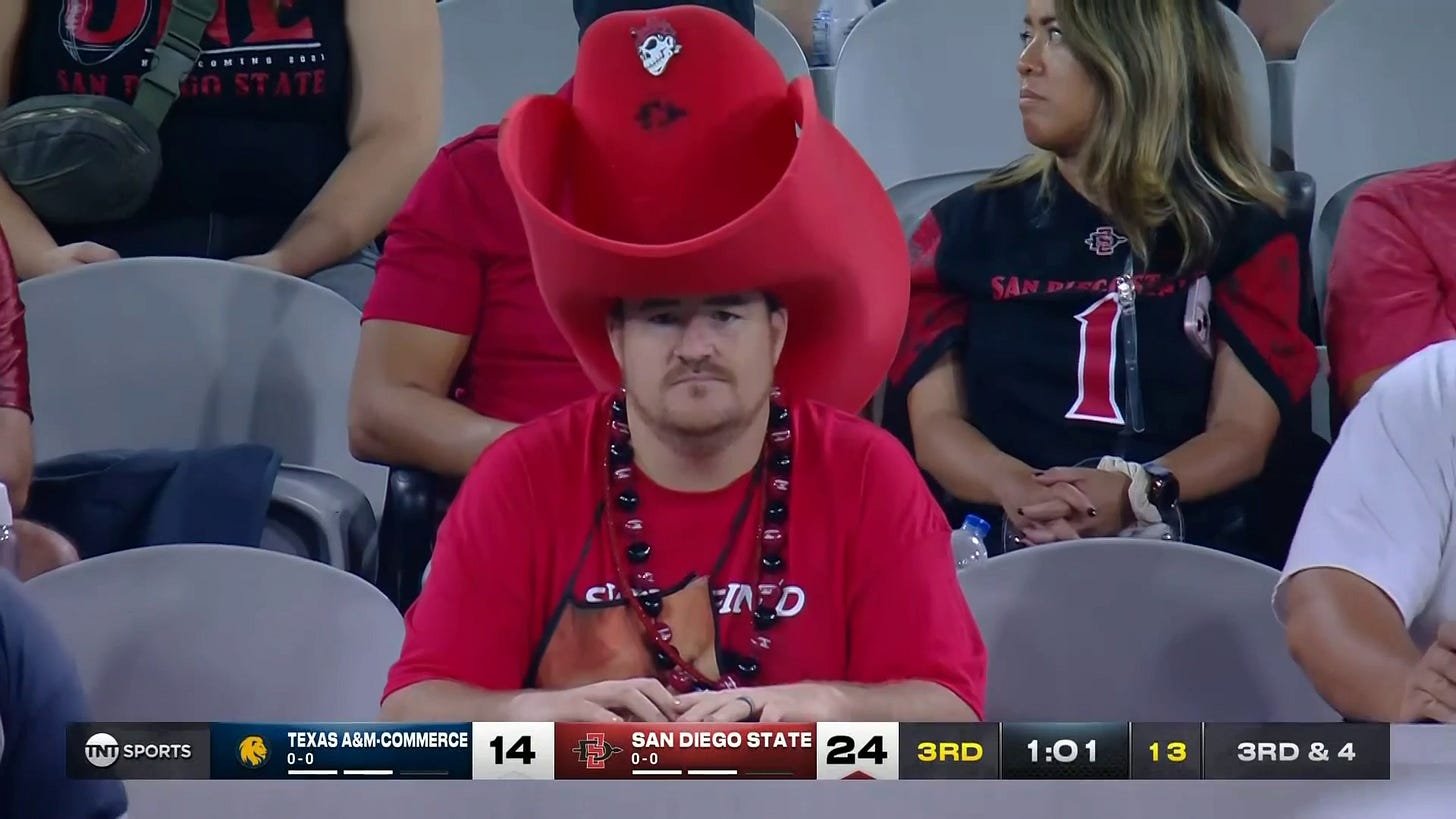
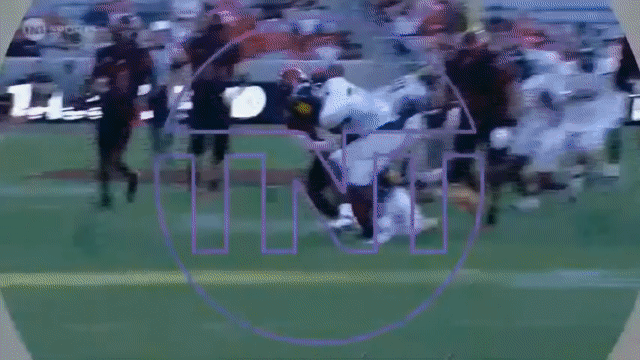
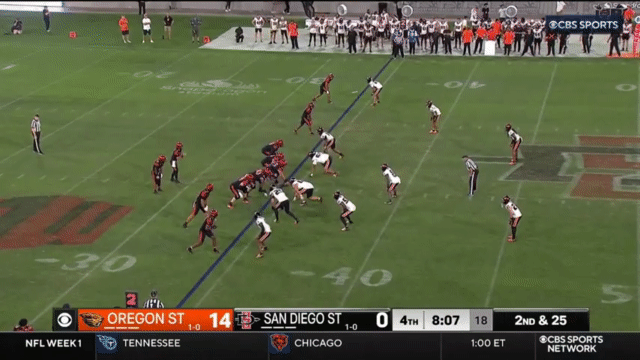
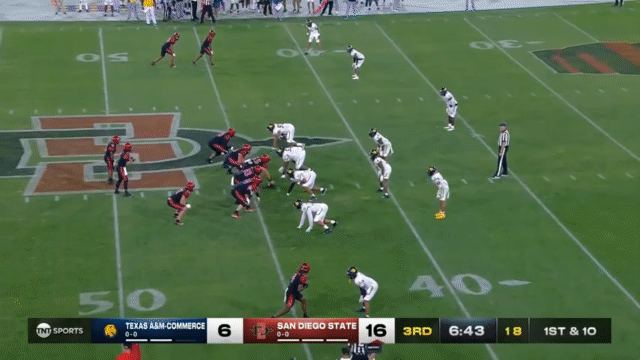
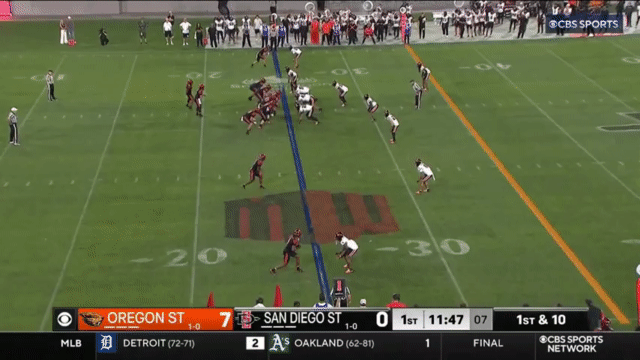
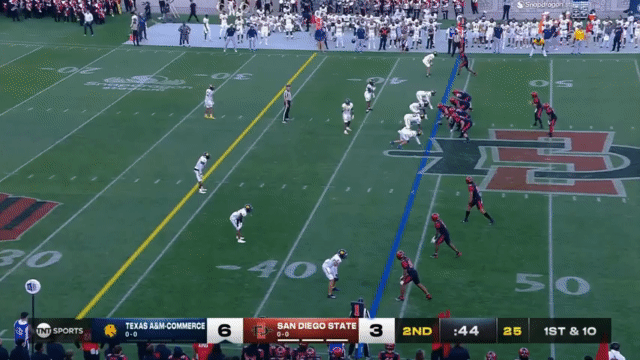

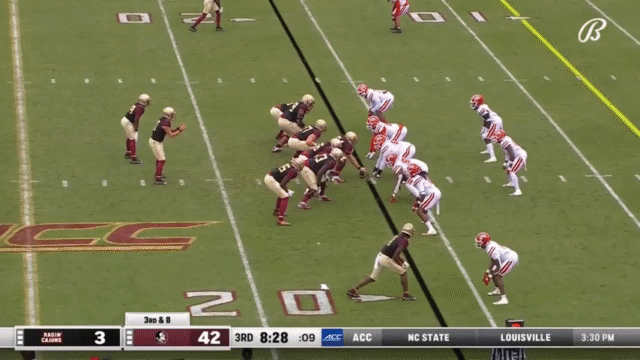
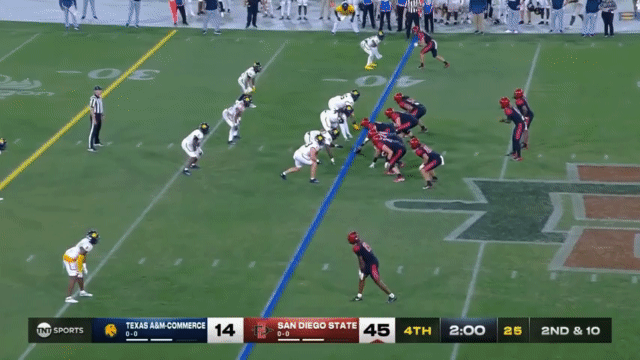

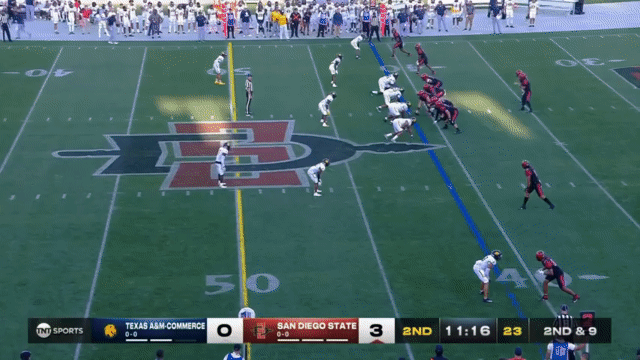
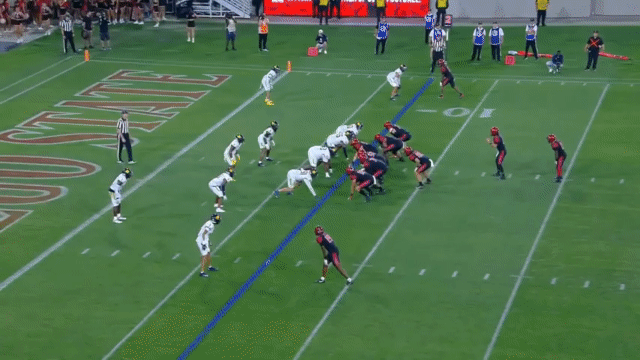
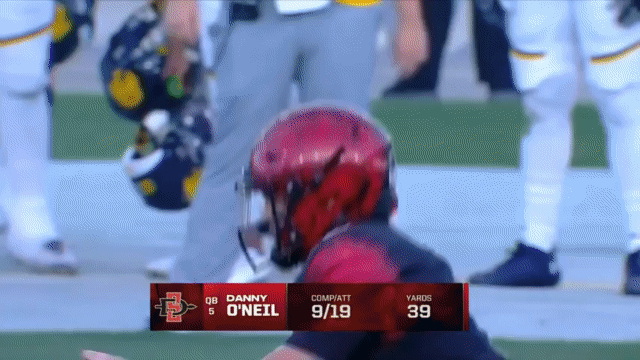
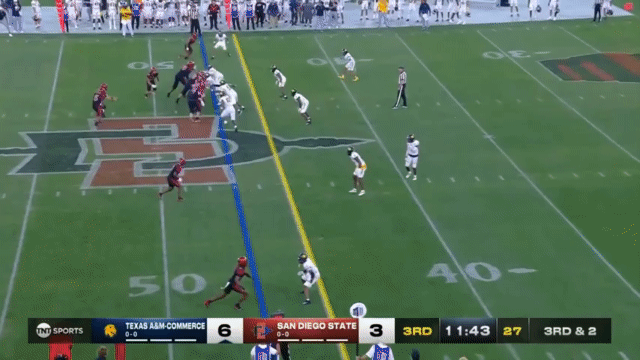
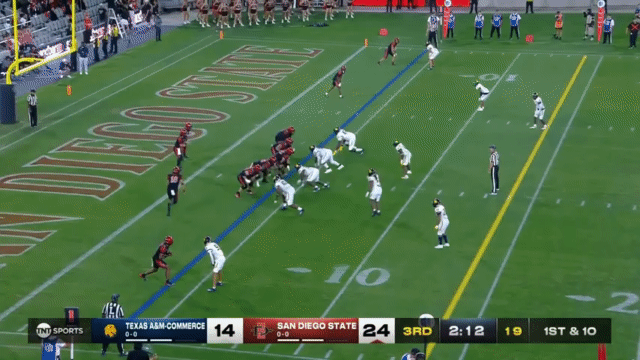
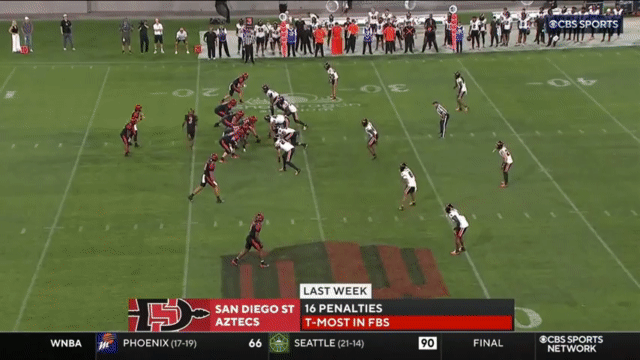
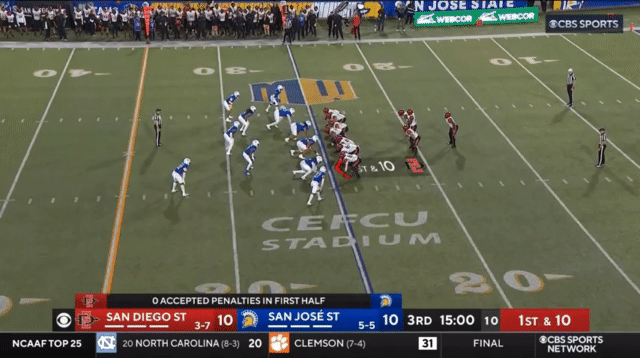
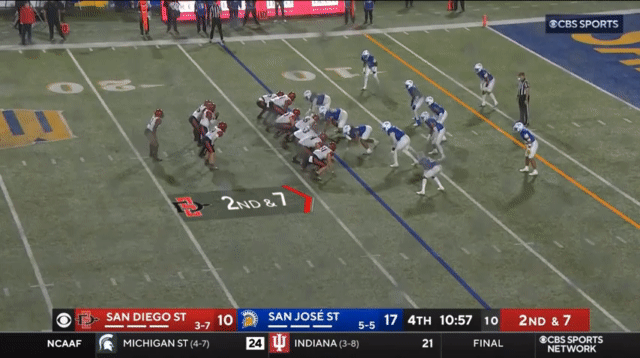
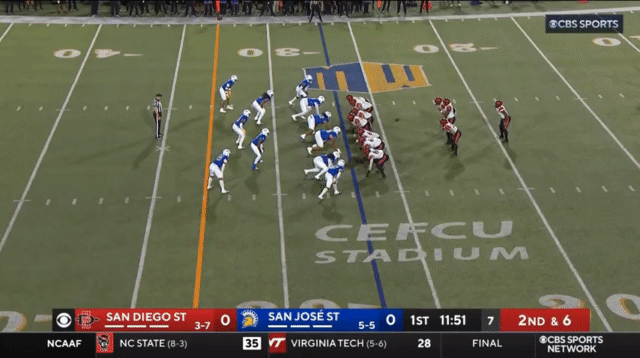
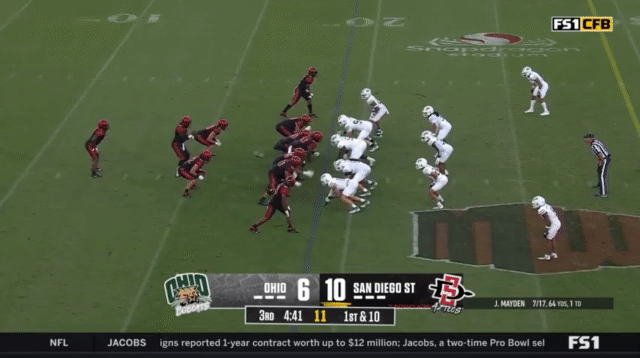
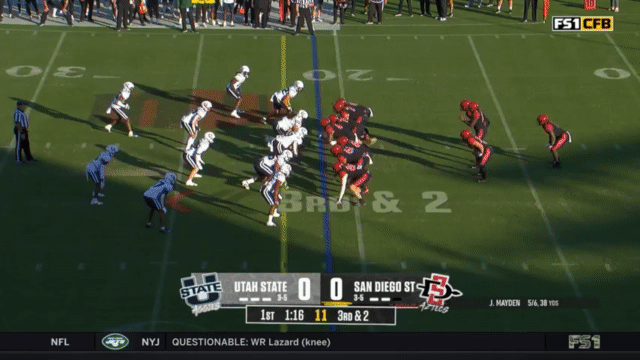
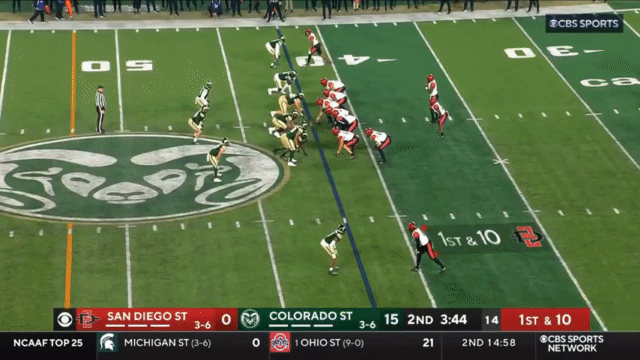
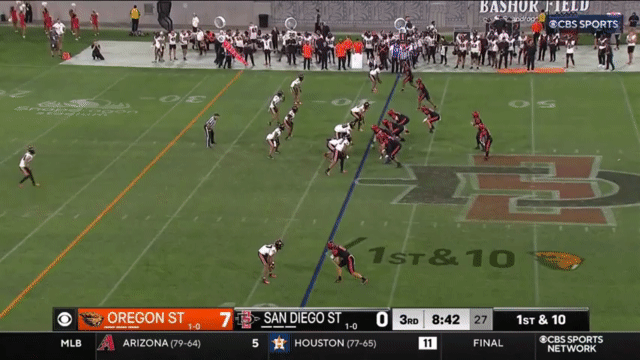
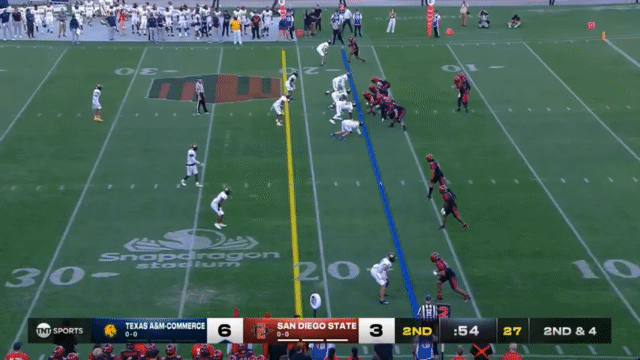
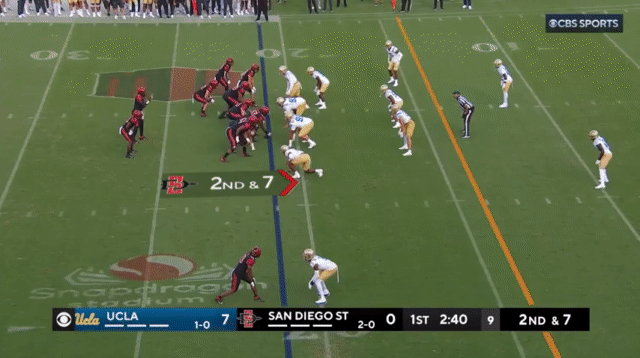
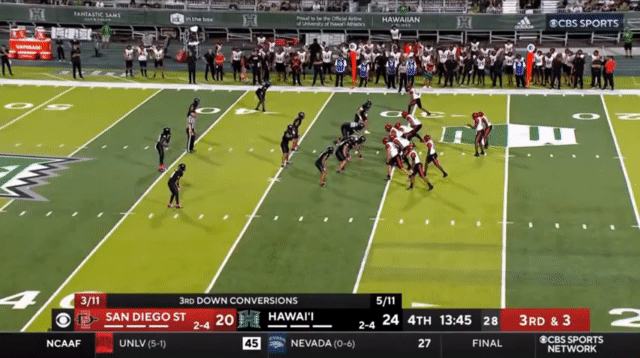
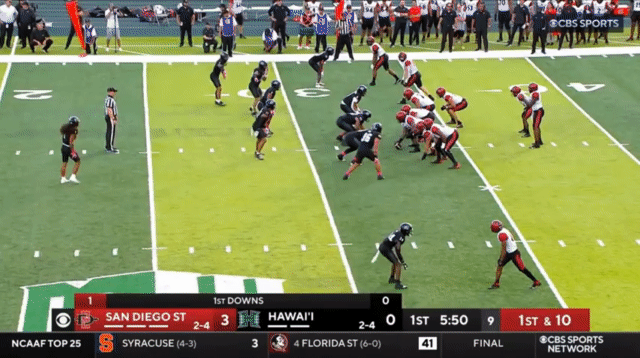
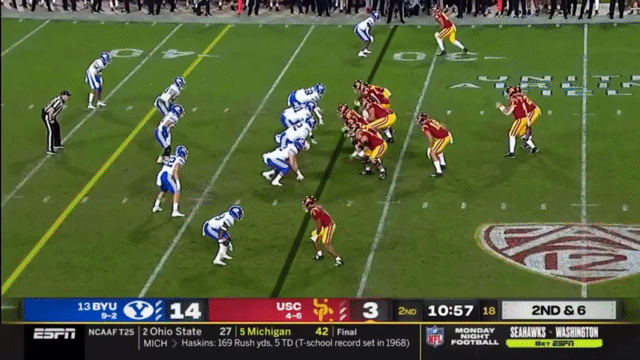
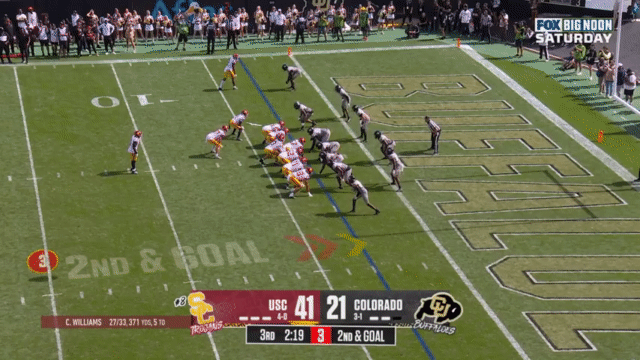
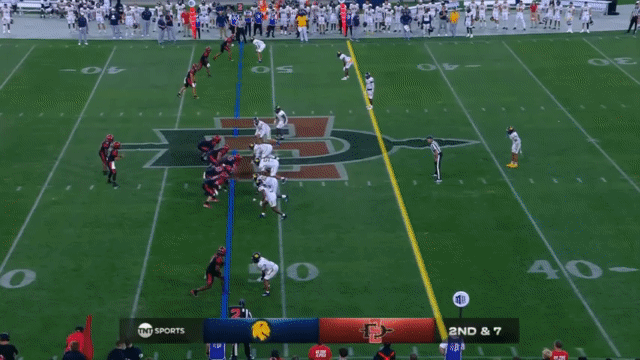
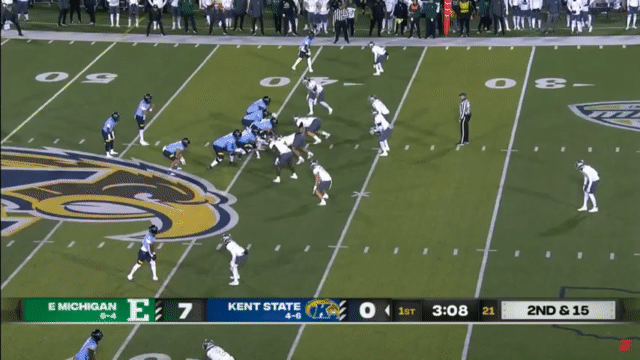
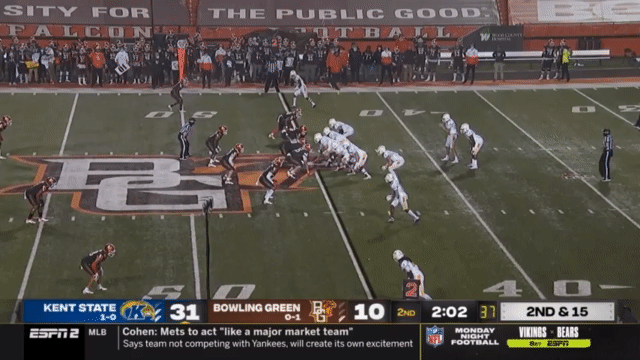
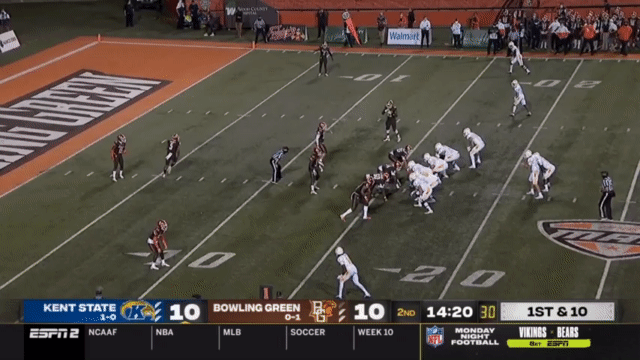
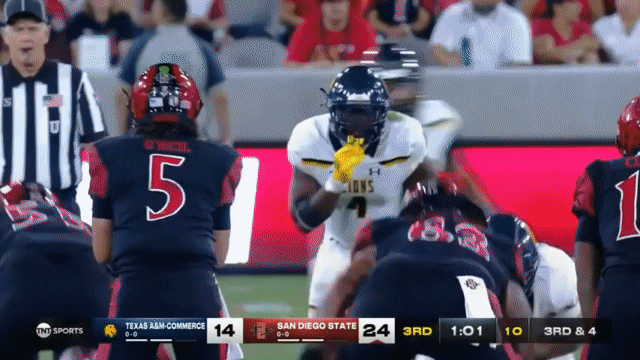
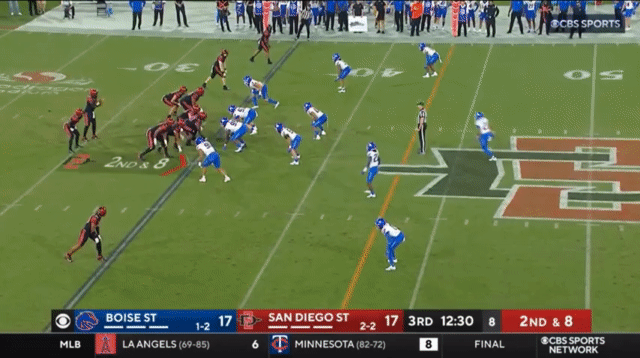
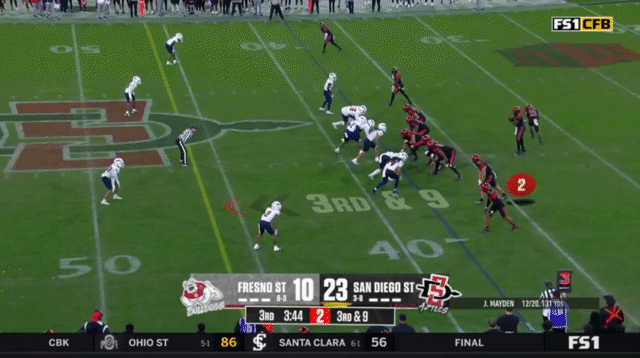
Holy cow. This is a LOT of work. This must have taken a ton of time to research, clip, and write. Thank you.
Also, how weird is it that the Cal vs. SDSU next year is going to be a Pac-12 vs. ACC matchup?